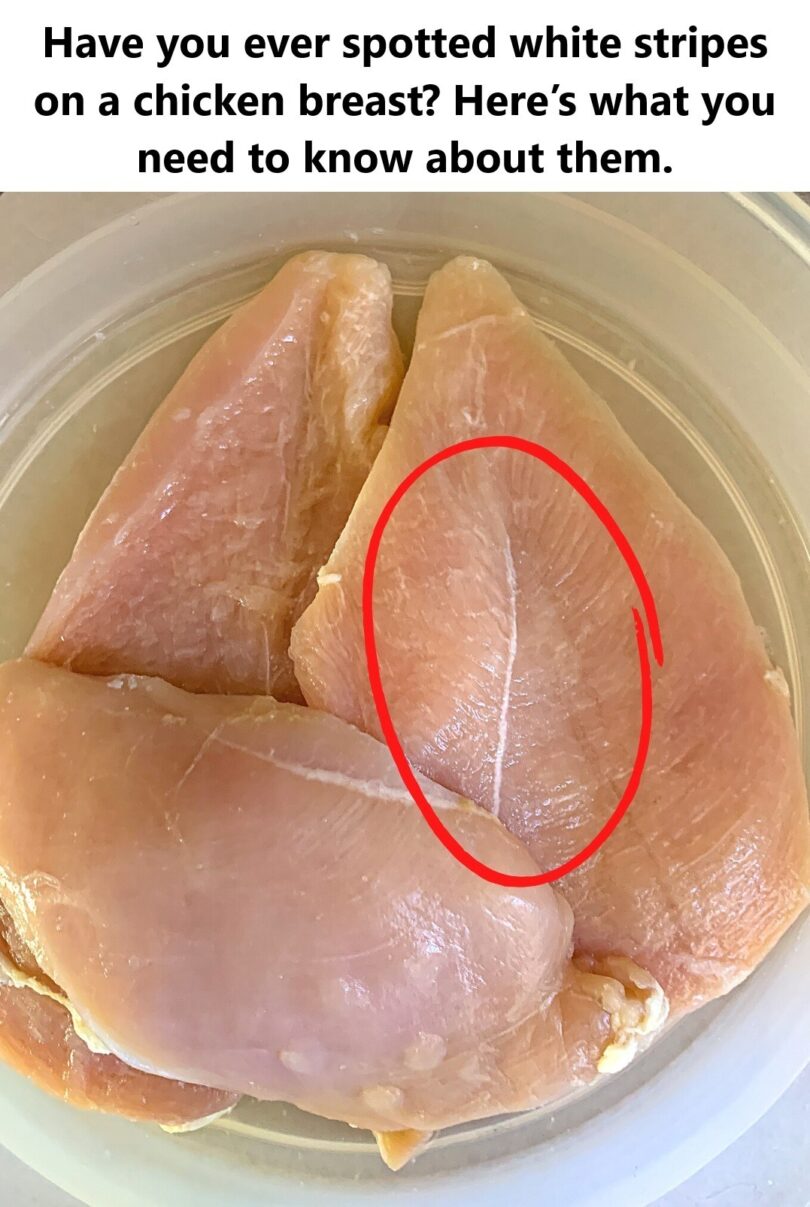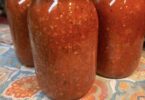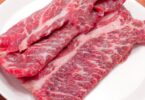White stripes on chicken, or “white striping,” is a phenomenon that has been studied extensively by nutritionists and veterinarians. In this article, we’ll explore what white striping is and what consequences this myopathy may have.
The distortions caused by the food industry, particularly the rapid growth of chickens, raise important concerns. One such issue is the appearance of white stripes on chicken breasts, leading many to wonder what they are and whether they pose a health risk. White striping is a direct result of intensive farming practices, especially with broiler chickens. But should we be concerned? Here’s everything you need to know about white striping on chicken, a phenomenon that has gained attention in recent years.
White Stripes on Chicken: What Are They and Are They Edible?
According to Animal Equality, chickens are the most exploited land animals on the planet. Intensive farming practices have led to various issues, including the white striping of chicken, which manifests as streaks of fat on the meat.
This defect, technically known as “white striping,” was recognized as an emerging abnormality in poultry meat as early as 2013. The white stripes are essentially accumulations of fat. These stripes are more common in heavy, fast-growing chickens, particularly in males bred for rapid growth and high pectoral muscle performance.
From a pathogenic perspective, research indicates that the rapid growth of pectoral muscles is associated with metabolic stress, which promotes degenerative changes in muscle fibers. Under this genetic pressure for rapid growth, muscle fibers degenerate and regenerate, altering their size. The spaces left by atrophic fibers are then filled with fat and fibrous tissue, resulting in the white stripes.
While chicken breasts with white striping are safe to eat, they may be downgraded in quality depending on the severity of the defect. This downgrade can be costly for producers since chicken breasts are among the most valuable cuts of meat.
Though white-striped meat is not harmful to consumers, there are concerns about its nutritional value. An increase in fat could lead to a decrease in proteins, vitamins, and other nutrients. Additionally, the taste and texture of the meat may be affected, though there is no conclusive scientific evidence proving significant changes in flavor or nutritional content.
Other Myopathies in Chickens: Woody Breast and Spaghetti Muscle
see continuation on next page
ADVERTISEMENT







